Fish and Seafood in Guyanese Coastal Cooking
9 min read Explore authentic Guyanese coastal seafood dishes that showcase vibrant flavors and traditional cooking techniques from the region's rich maritime culture. July 02, 2025 00:05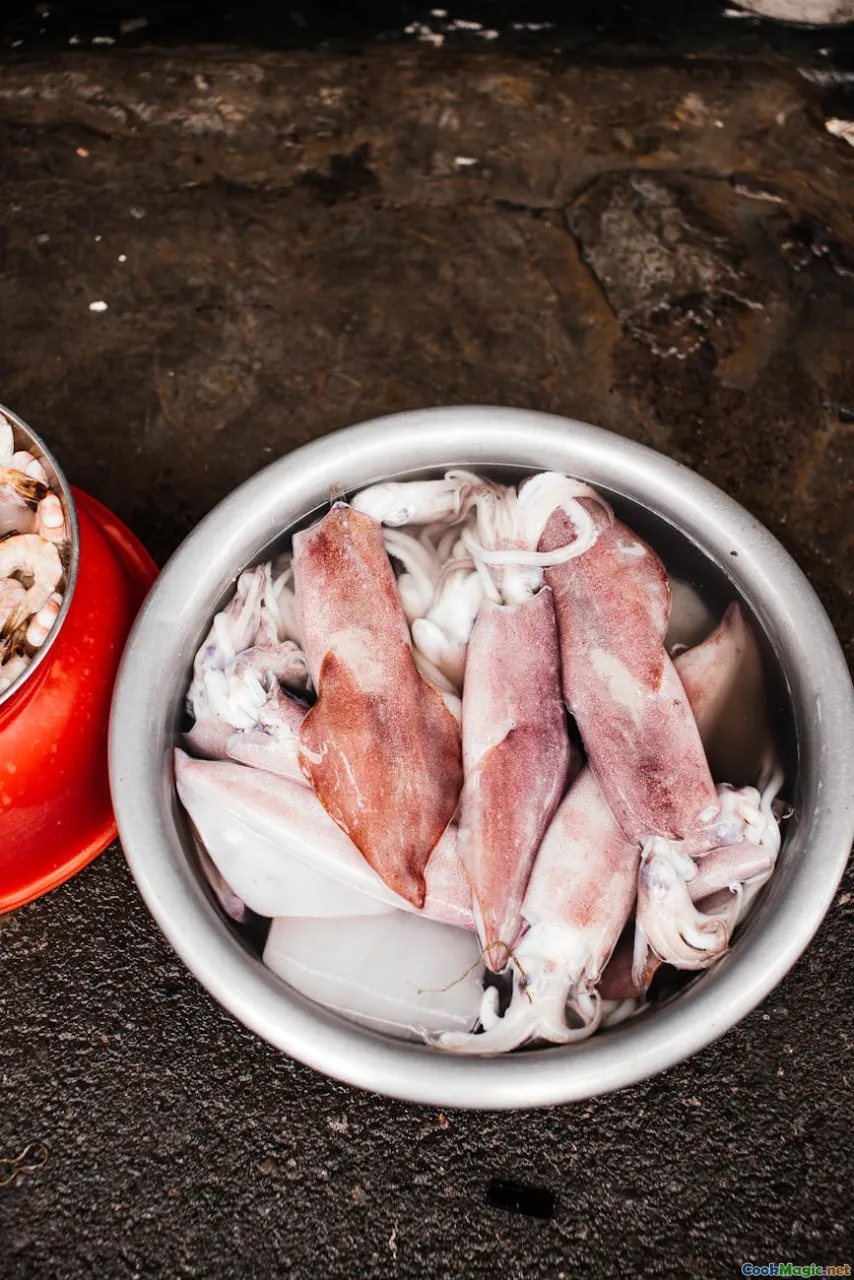
Fish and Seafood in Guyanese Coastal Cooking
Nestled along the dotting coastline of Guyana, where the Atlantic Ocean kisses the lush, verdant lands, lies a culinary tapestry woven seamlessly with the bounty of the sea. Here, fish and seafood are not only meals but stories—echoes of a rich cultural history, of generations whose lives orbit around the rhythmic pull of tides and the bustling markets of Georgetown and coastal villages alike. As you step into Guyanese kitchens or dine in vibrant local eateries, you are invited into a sensory carnival—aromatic herbs, smoky grills, the iridescence of freshly caught fish, and the simmering warmth of spicy soups. This is a cuisine that celebrates the ocean’s gifts with a fiery passion, subtle finesse, and a deep respect rooted in tradition.
The Heritage of the Coastal Sea: A Cultural Kaleidoscope
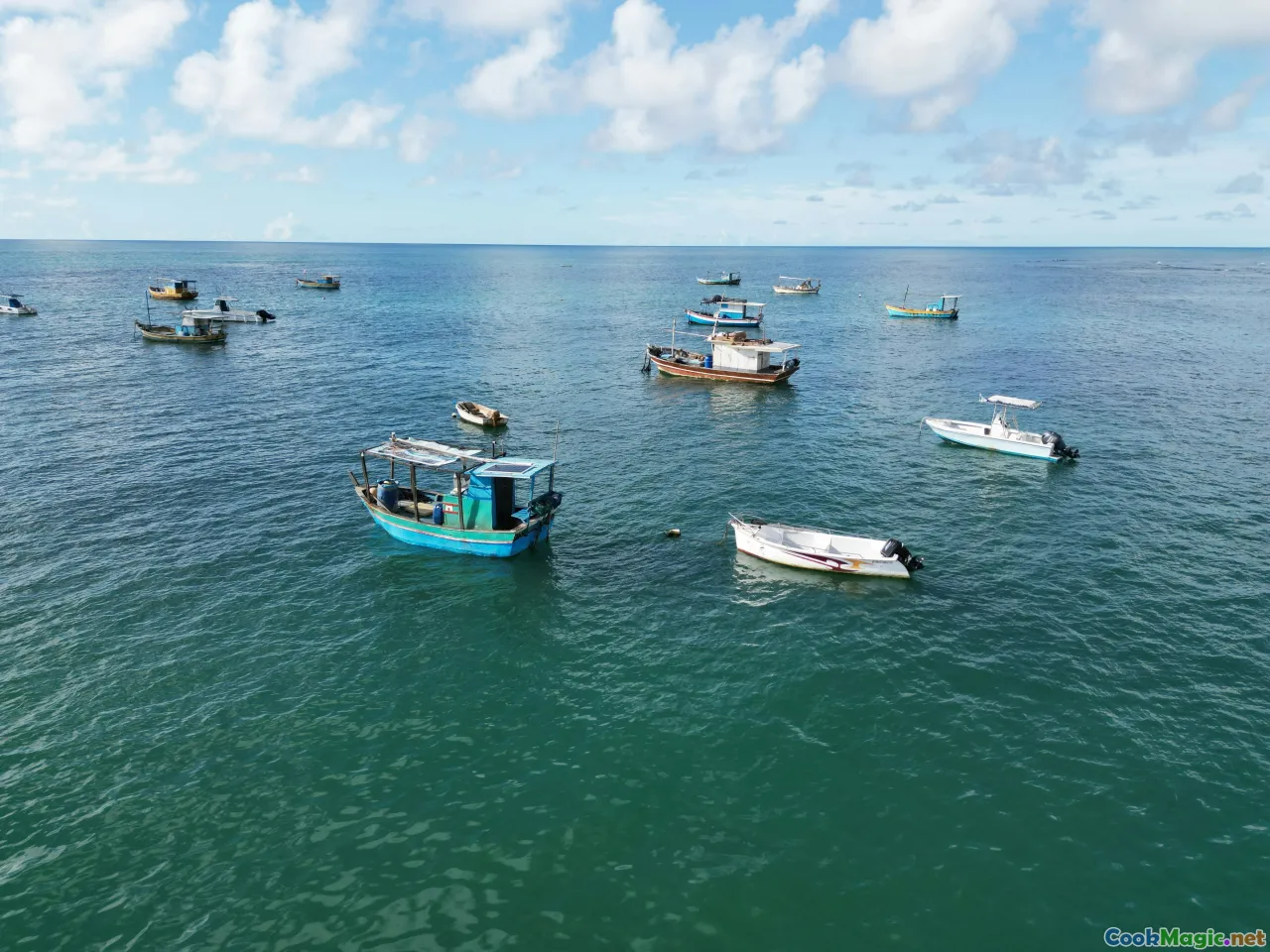
Guyana’s coast has long been a melting pot—a confluence of East Indian, African, Indigenous, Portuguese, Chinese, and European influences—each adding their unique flavor to the maritime culinary art. Historically, traditional fishing villages such as Hopetown and Crab Island provided the backbone for the local seafood culinary culture. Fishermen, often days at sea, relied on age-old techniques handed down through generations, catching species like snapper, catfish, shrimp, and crab.
The bustling markets alive in Georgetown are baptismals of this heritage. Here, freshly caught fish—glimmering silver under the sun—are sold alongside spicy dips, tangy lime, and aromatic herbs. The sea’s bounty is central to both daily sustenance and special communal gatherings—an ingredient that brings people together, narrating stories of resilience, resourcefulness, and cultural convergence.
Signature Fish and Seafood Dishes: Classics from the Coastal Table
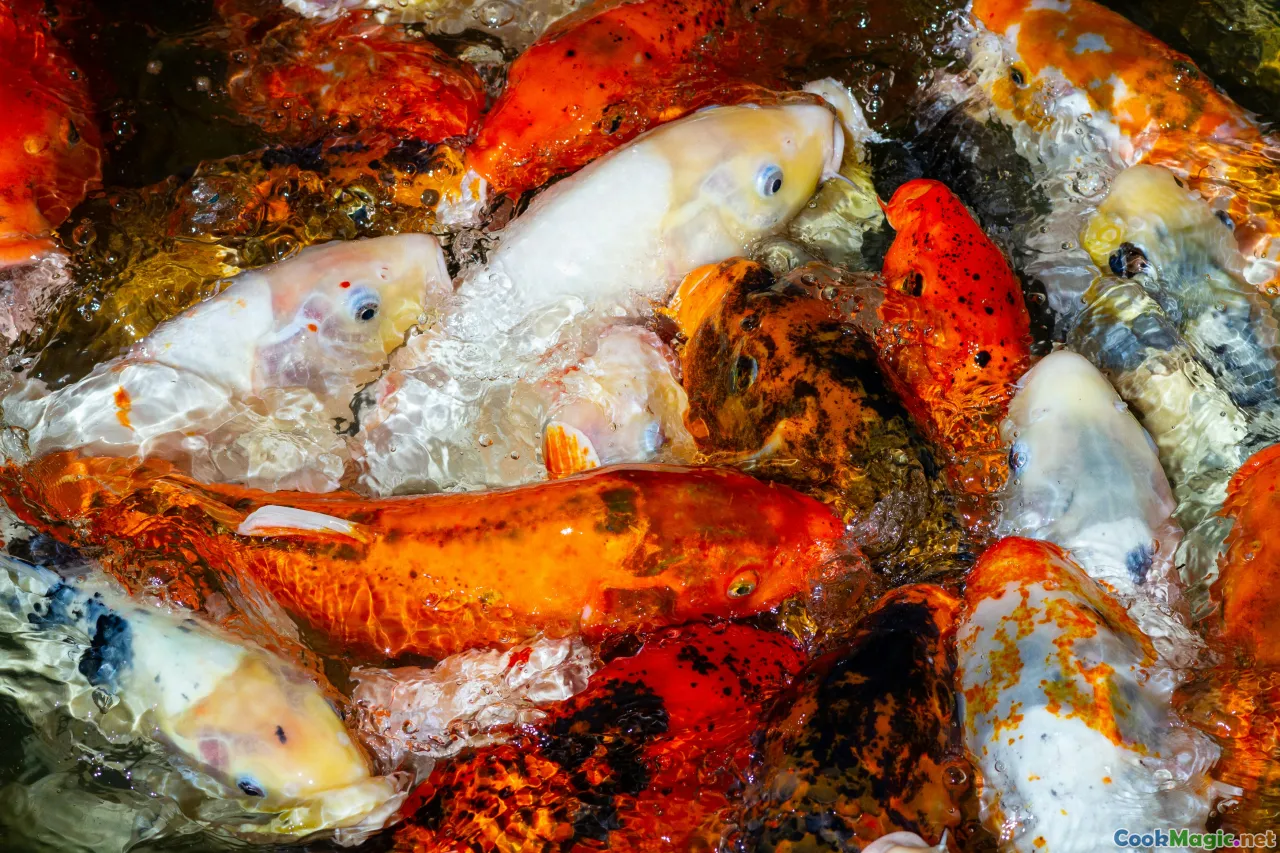
Fish Fermented and Fried: The Cornerstones of Coastal Cuisine
One of Guyana’s most beloved preparations is Fish Fry, a crispy, flavorful celebration of fresh fish dusted lightly with seasoned flour and pan-fried to golden perfection. Often made with kingfish or local snapper, Fish Fry is served with pepper sauce—a fiery blend of Scotch bonnet peppers and lime—on the side, creating a tantalizing contrast of textures and flavors.
The Hearty Pepperpot Crab
Seafood lovers gather for Crab Pepperpot, a spicy, soulful stew infused with characteristic Guyanese flavors—ginger, garlic, and hot peppers. Crab, preferably softshell or local river crabs, is simmered slowly to extract every ounce of flavor, resulting in a thick, savory sauce served over rice or roasted cassava.
Curry Variations: Bold, Aromatic, and Distinct
Seafood curries are a staple here—rich, aromatic dishes that marry Indian spice blends with Caribbean freshness. Fish Curry, often made with tilapia or sea bass, is simmered in a blend of turmeric, cumin, coriander, and fresh lime juice, creating a comforting yet bursting flavor profile that washes over the palate.
Traditional Fish Broth and Soups
On cooler evenings, the aroma of Pepperpot Soup, a hearty fish-based broth full of vegetables, herbs, and sometimes dumplings, infuses the air. It’s a communal dish, often served during festivals like Mashramani, symbolizing warmth and unity.
Techniques and Flavors: Unlocking Coastal Secrets
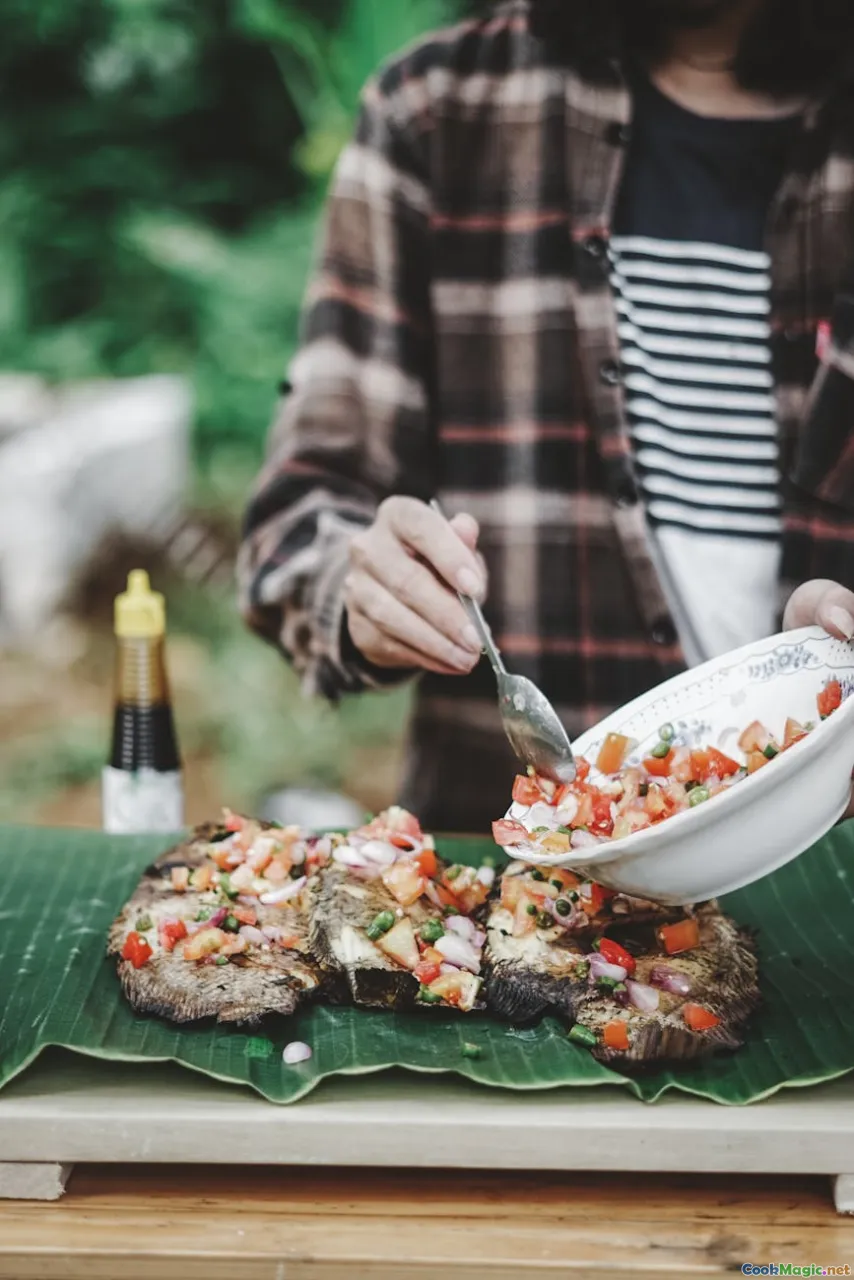
The seafood in Guyanese coastal cooking hinges on simple, yet effective techniques—grilling, frying, boiling, and slow stewing—each amplifying the natural flavors.
Marinating with local herbslike thyme, lemongrass, and hot peppers brings out depth, whilesmoky grillingover hardwood fires imparts a distinctive flavor associated with street-side vendors and festival cookouts.Use of Tropical Spices and Herbs—this is the backbone of Guyanese seafood dishes. The interplay of hot Scotch bonnet peppers with sweet, fragrant onions, fresh garlic, and the bright acidity of lime or sour orange zest creates balance and complexity.Traditional Techniques such as wrapping fish with banana leaves or coconut husks during grilling preserve moisture and impart subtle smoky nuances.
Market to Table: Sourcing and Sustainability
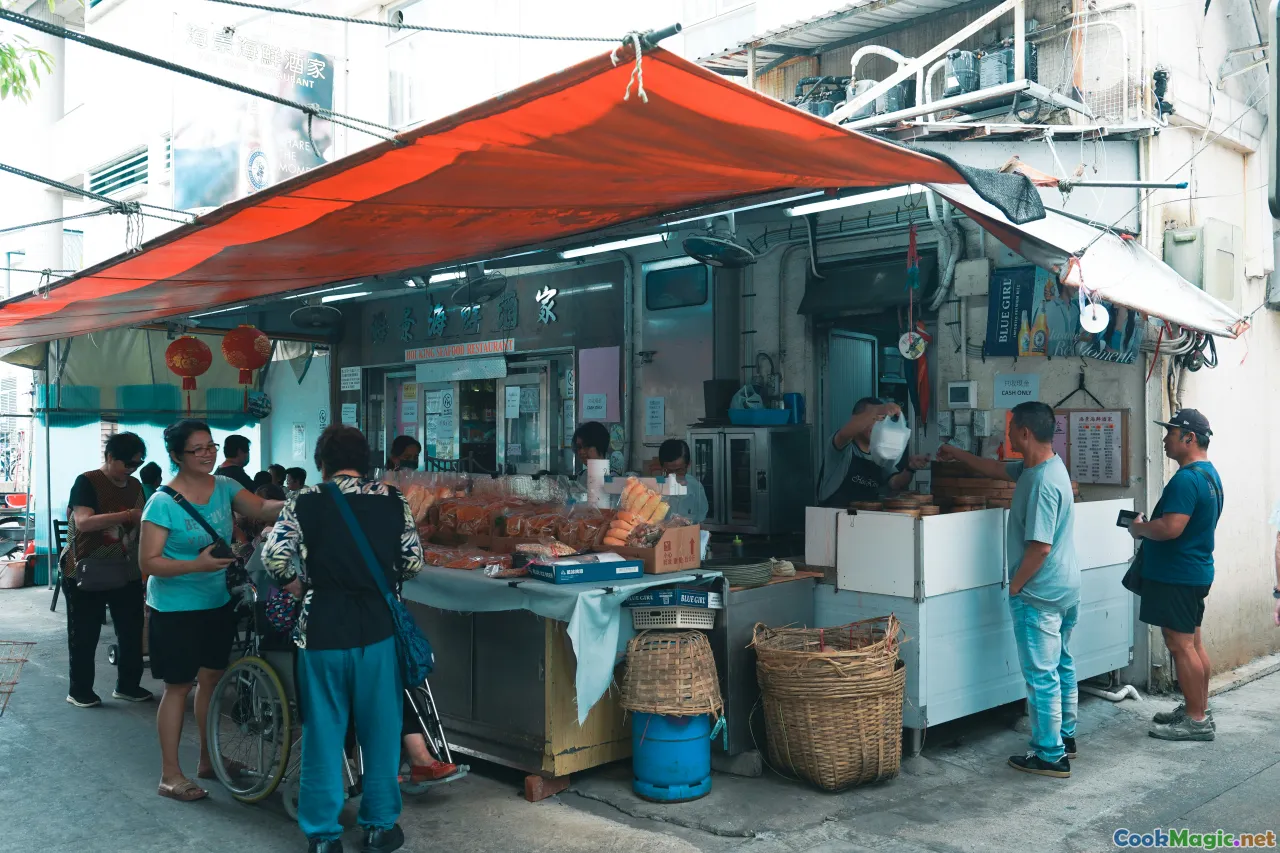
Prospecting local fish markets like Stabroek Market in Georgetown offers a window into daily sourcing practices—an exciting chaos of colors, sounds, and scents of freshly caught seafood.
Sustainability practices are increasingly vital, with local fishermen emphasizing responsible harvesting of species like snapper, grouper, and shrimp. Community initiatives promote eco-friendly fishing—balancing tradition and conservation.
Personal Tales from the Coast
I recall visiting a quaint village along Guyana’s coast, where mornings began with the rhythmic clatter of fishermen unloading their boats—glittering fish spilling onto wooden tables. I watched as an elderly fishmonger expertly cleaned a freshly caught snapper, its firm flesh gleaming, ready for grilling. The air was thick with the scent of salt, herbs, and roasting fish—a sensory symphony that captures the soul of Guyanese coastal cooking.
That evening, under a canopy of stars, I savored a steaming bowl of fish stew, each bite underscoring the ocean’s gift and local artistry. The pride, tradition, and love poured into every dish reverberated with stories of resilience and belonging.
Tips for Cooking Guyanese Seafood at Home
- Source fresh, high-quality seafood—visit local markets or reputable fishmongers.
- Marinate fish with lime, garlic, and herbs for at least 30 minutes before cooking.
- Use smoked or hardwood charcoal when grilling for depth of flavor.
- Incorporate Scotch bonnet peppers sparingly to balance heat with other flavors.
- Enhance dishes with fresh tropical herbs like basil, thyme, and lemongrass.
- Be mindful of sustainability—preferably choose wild-caught, responsibly harvested seafood.
Embracing Coastal Flavors: A Cultural Delight
Engaging with Guyanese seafood is more than just tasting—it’s immersing oneself in a coastal culture where every dish tells a story of the sea’s bounty, resilience, and tradition. Whether enjoying fried kingfish with pepper sauceat a village festival or savoring a bowl ofspicy crab pepperpot during a family gathering, these experiences forge a deep connection with the land and sea.
This vibrant cuisine underscores the importance of coastal ecosystems and rich cultural heritage—an invitation to celebrate, preserve, and pass on these treasured traditions for generations to come. The coastal flavors of Guyana remind us that food is a bridge—uniting diverse peoples and histories through the timeless language of taste and aroma.









